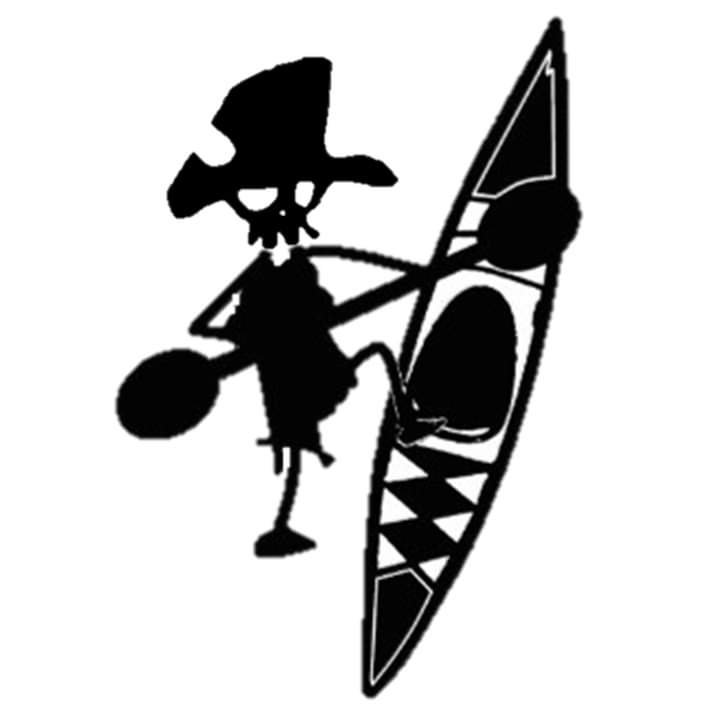GUIDE TO SHELL KEY PRESERVE
A Guide to Shell Key Preserve By Capt Yak
Wildlife of Shell Key Preserve Part 1
Shell Key Preserve is an 1,800 acre preserve located in Tierra Verde, Pinellas County. The preserve protects sensitive marine habitats and includes the largest undeveloped barrier island. There are also numerous Mangrove Islands and expansive sea grass beds. Shell Key has been designated as the state’s most important area for shorebird nesting and wintering birds. The island is a nursery for Least Terns and Oystercatchers in the Spring. White Pelicans are migratory visitors in the preserve from October thru March .
American Oyster Catcher Haematopus palliatus - Pair & 2 chicks 2021 Shell Island Gulf Side
American White Pelican, Pelecanus erythrorhynchos - Irma Pass Sandbar-Shell Key Preserve 2023
The best way to explore Shell Key Preserve is by kayak or paddleboard on a Guided Tour . As you glide over the vital sea beds of manatee and turtle grass you will be sure to see an abundance of marine life. Upside-down Jellyfish are one type of marine life you might see in the grass and mud flats. These jellyfish partake in a symbiotic relationship with photosynthetic dinoflagellates and must lie upside-down in areas with sufficient light penetration to fuel their energy. Shrimp are know to live in the tentacles of this jellyfish and protects it by taking the parasites off. In exchange, the Cassiopea andromeda offers protection to the shrimp from the environment.
Upside-down Jellyfish, Cassiopea andromeda - Shell Key Preserve 2022
Mangrove Islands in Shell Key Preserve play a very important roll in the preserve. These islands provide habitant for important commercial and recreational species, help stabilize the seafloor and filter pollutants. Almost all fish and shellfish species caught by commercial and recreational anglers spend some part of their life cycles in or near mangroves. There are many species of wildlife that call mangroves home. One lesser know species is a semi-aquatic, nonvenomous, snake called the Salt Marsh Snake. This snake is diurnal during cooler weather, and nocturnal during hot summer nights. When It will hide out in the borrows of crabs to keep cool. The salt marsh snake’s diet consists primarily of small fish and crustaceans.
Salt Marsh Snake, Nerodia clarkii Sawyer Key-Shell Key Preserve 2022
Salt Marsh Snake, Nerodia clarkii Sawyer Key-Shell Key Preserve 2022
Reddish Egrets are a common species that can be found soaring and dancing along one of the sandbars. They pursue fish on foot or swoop at them in flight, creating shadows with their wings both to startle and to attract them, and heard them toward land. Their behavior makes them distinctive even at great distances.
Reddish Egret, Egrette rufescens Photo Courtesy of Edward Perry Photograhpy Shell Key Preserve 2021
Reddish Egret, Egrette rufescens Irma Pass-Shell Key Preserve 2022
Yellow Crowned Night Herons feed primarily on small crustaceans, especially crabs and usually gorge on the tiny mangrove crabs that inhabit the mangrove trees in the preserve. Night herons will also feed on fish in the shallows at dawn and dusk. They will use a fishing technique called “Baiting”. Taking a twig or a leaf in their bill and move it around in the water will attract fish. Once a fish is close enough they will drop the item and snatch the fish.
Yellow-Crowned Night-Heron, adult Nyctanassa violacea Summer Resort Key-Shell Key Preserve 2023
Yellow-Crowned Night-Heron, immature Nyctanassa violacea Kayak launch-Shell Key Preserve 2023
Mangrove crabs ascend the mangrove trees as the tide rises in the preserve and descend to the exposed mud when the tide goes down. Creating tunnels around the trees root system helps water flow and enables the trees to filter nitrates, phosphates and other pollutants from the water. The Mangrove Crab feeds mostly on leaves but is an omnivore, and prefers animal matter when possible.
Mangrove Crab, Aratus pisonii Sawyer Key-Shell Key Preserve 2022










